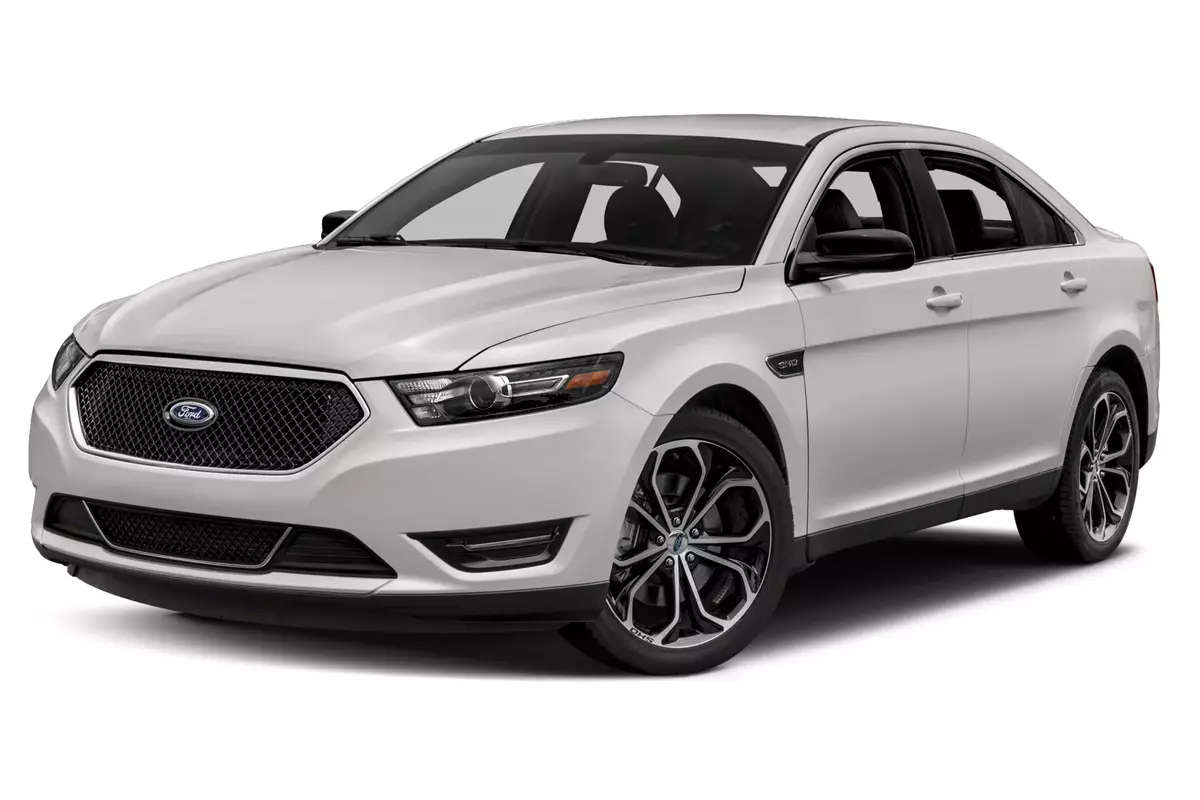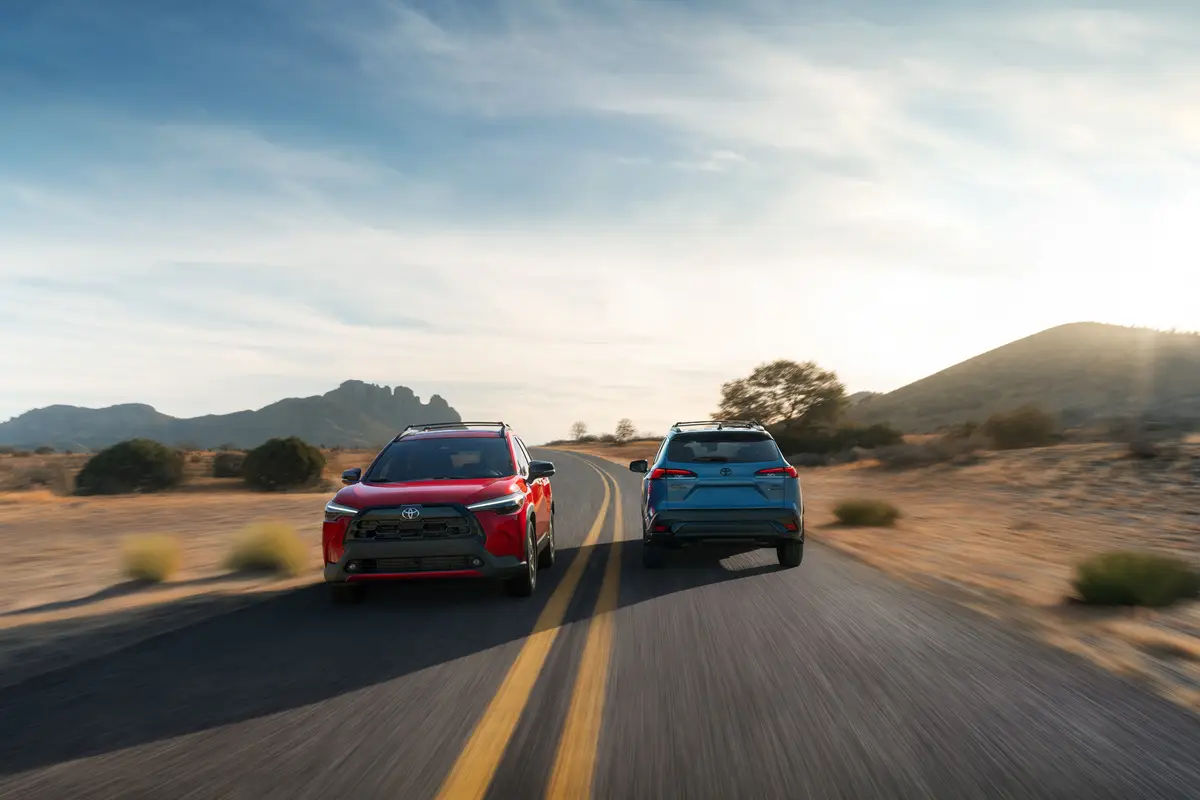Our view: 2013 Lexus LS 600h L

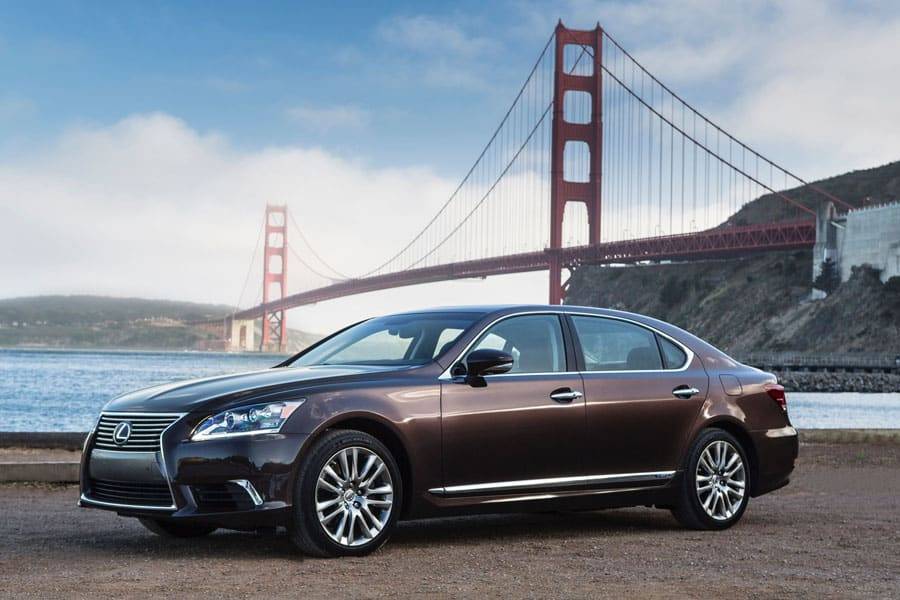
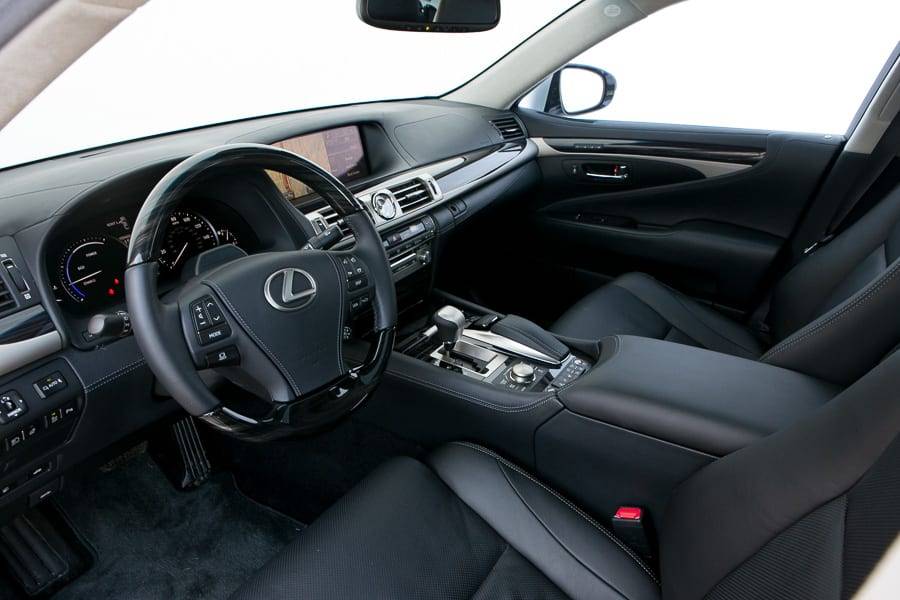
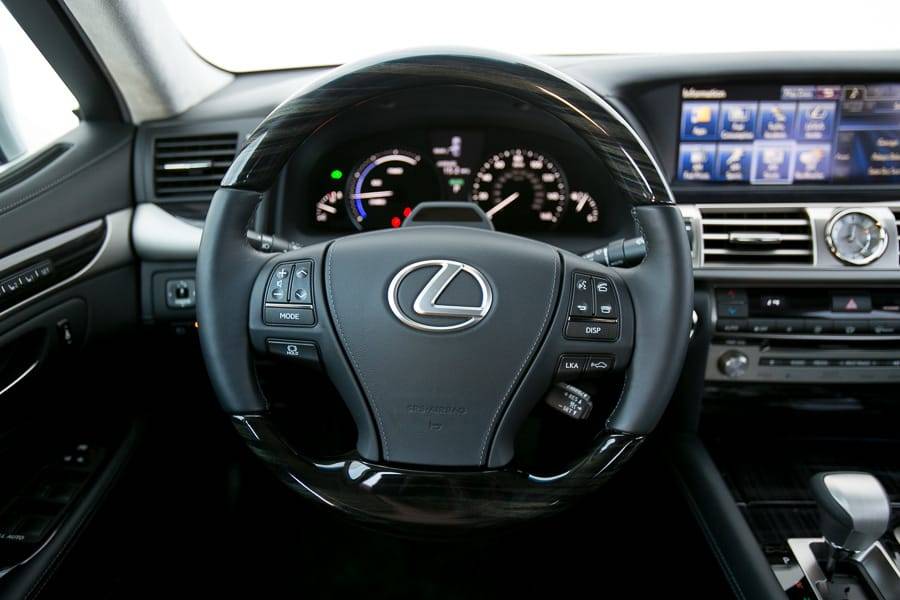
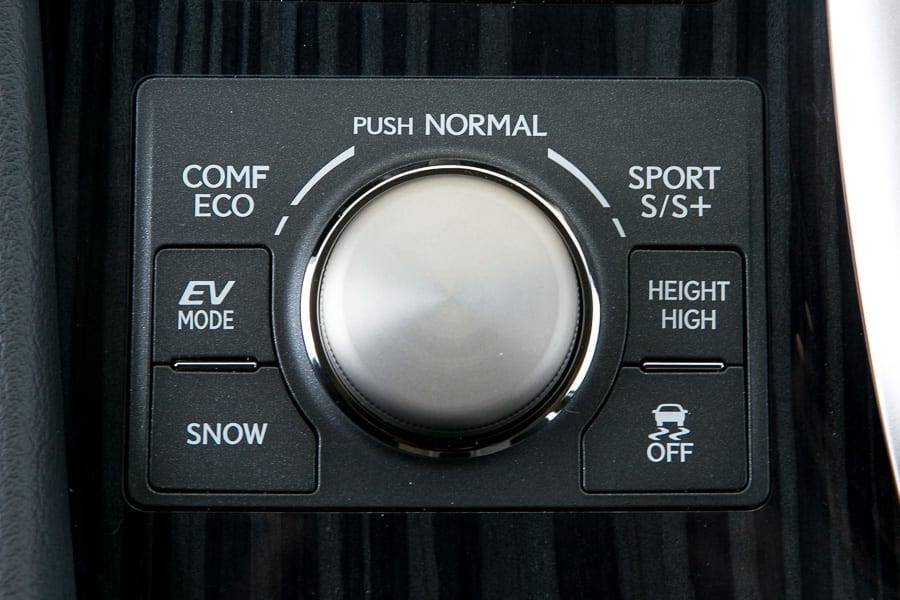
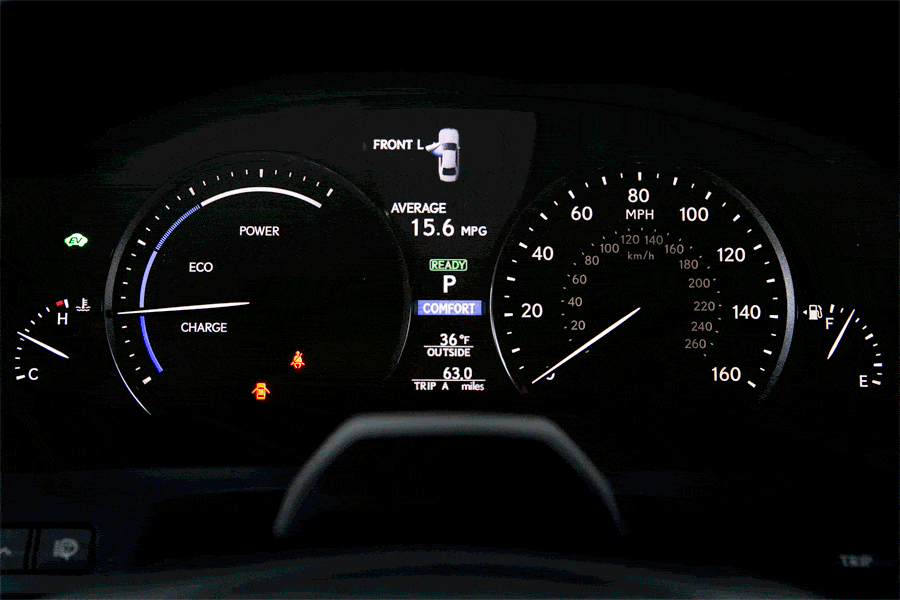
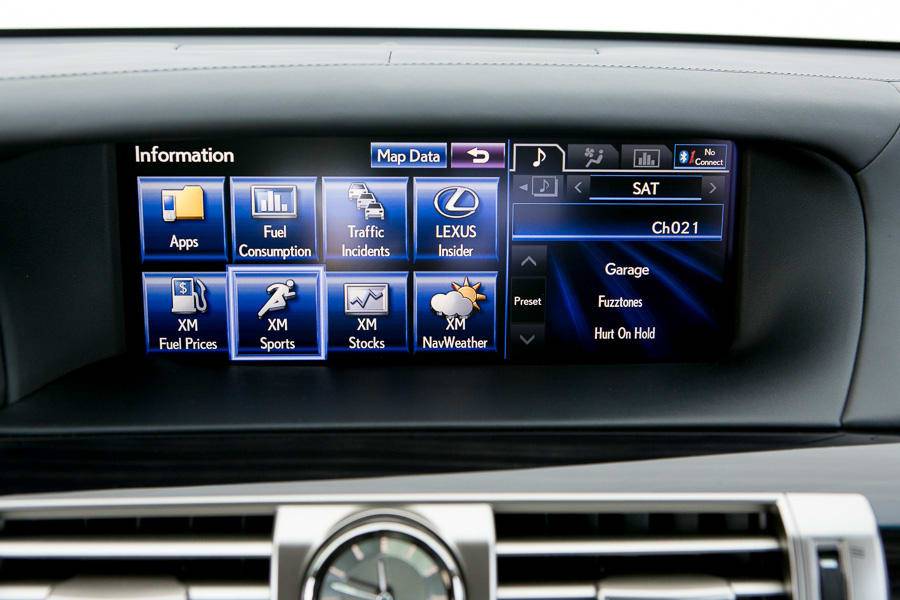
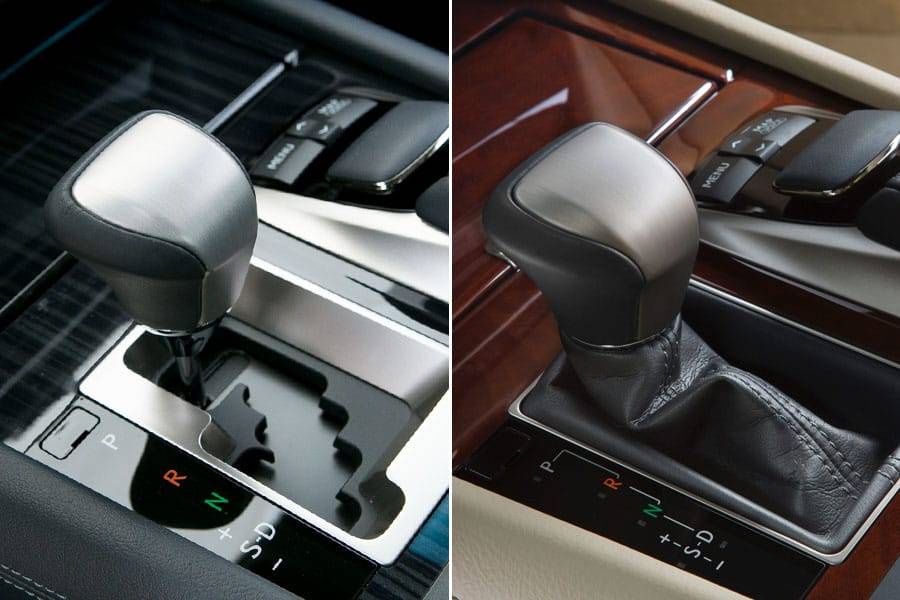
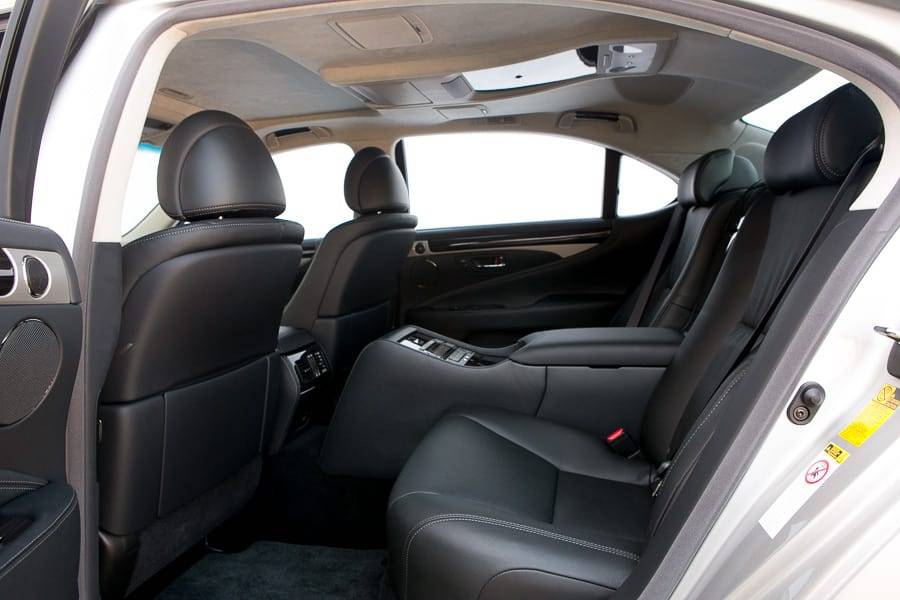
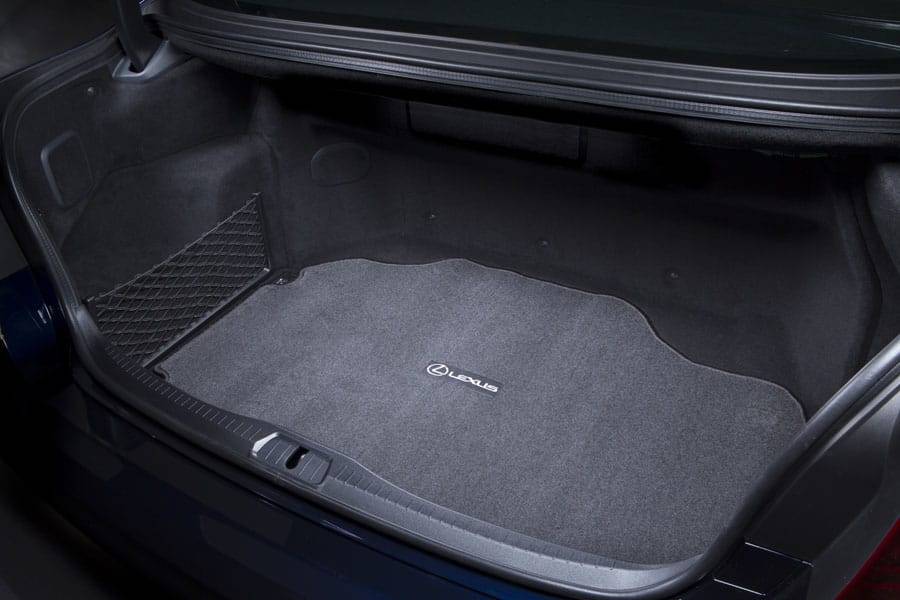
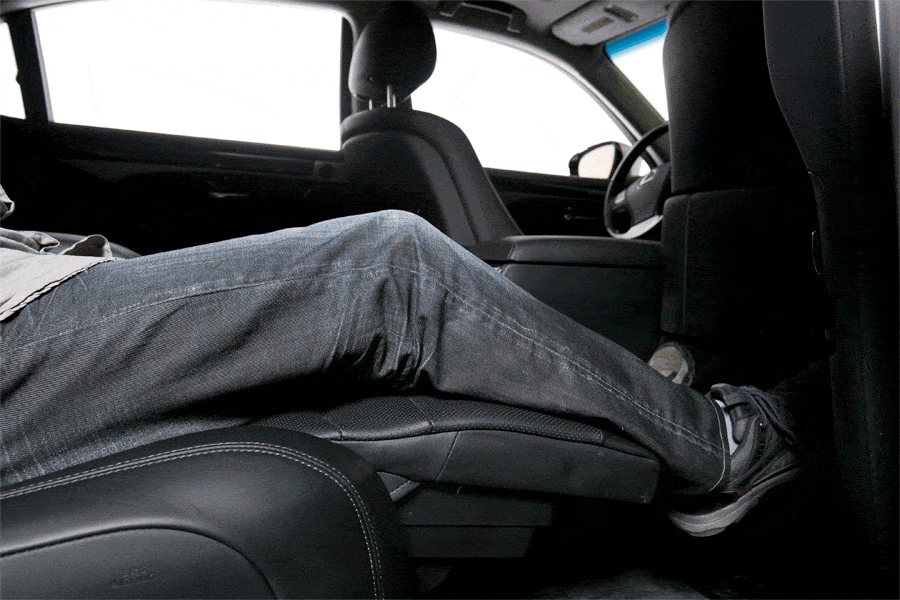
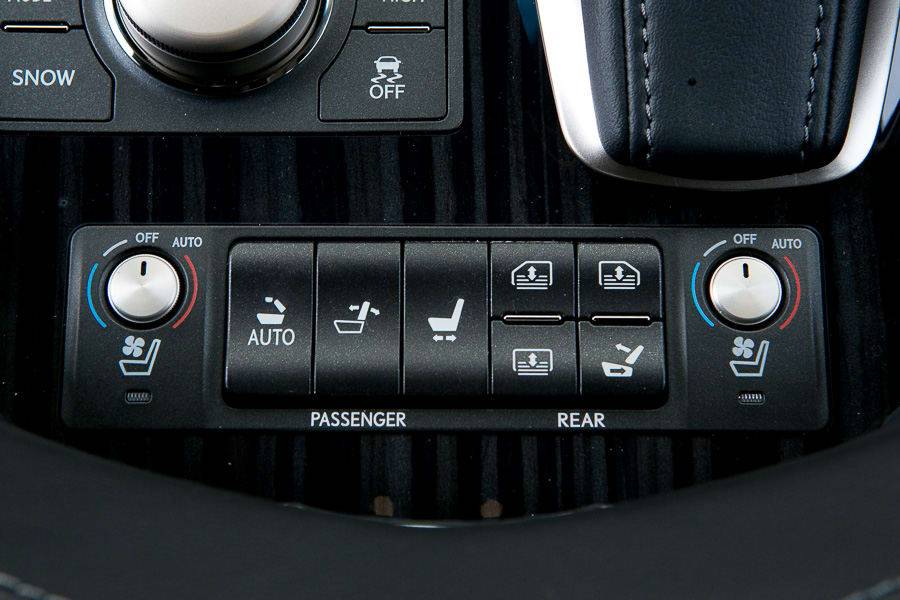


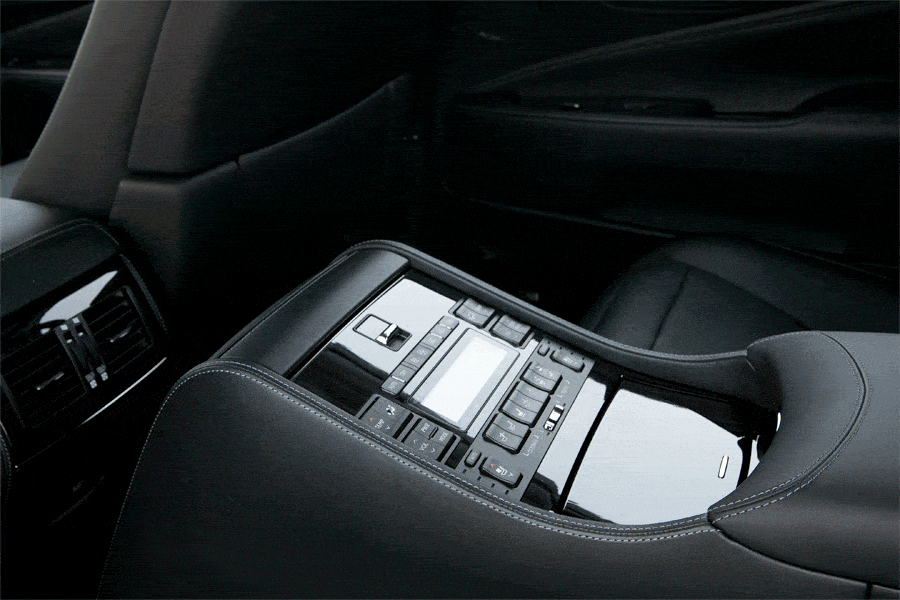
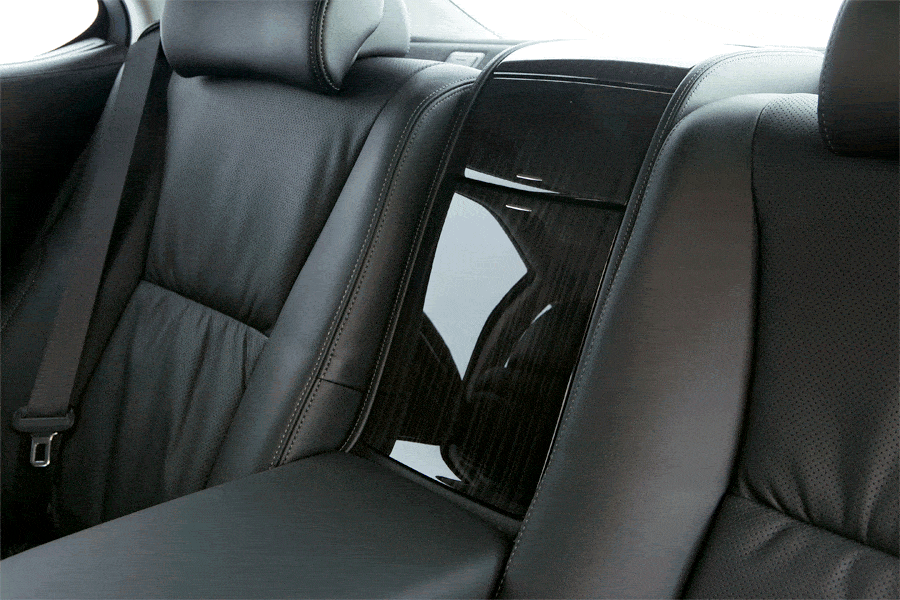















Automakers build hybrids — and consumers buy them — for different reasons. It’s not always about maximum mileage, and there’s no better example of that than the Lexus LS 600h L, the hybrid version of the luxury brand’s flagship LS 460 sedan (reviewed separately).
If you view the 2013 Lexus LS 600h L as you would any other hybrid, it would simply be an epic failure. If you ignore its hybrid drivetrain, it’s a damn nice ride and one of the most comfortable limousines — er, cars — you can buy.
The first hybrid luxury vehicle was the 2006 Lexus RX 400h SUV, which did a nice job of meeting hybrid expectations by providing a respectable fuel-efficiency boost over the model’s gas-only version, the RX 330. But luxury cars have traditionally used hybrid drivetrains for a mix of power and efficiency — or maybe I should say power with minimal efficiency loss. That remains the case for the 2013 LS 600h L.
A Little More Bang, Many More Bucks
The LS 600h L comes only in the long-wheelbase version of this sedan, designated by the L at the end of the model name, and only with all-wheel drive. The gas-only LS 460 comes in regular and L body lengths and with rear- or all-wheel drive (see the features and specs side-by-side here). Compare the 600h L with the all-wheel-drive version of the 460 L and you’ll find a mileage improvement of just 3 mpg in the city. The hybrid is rated 19/23/20 mpg city/highway/combined, and the gas version is 16/23/18 mpg. (For perspective, the rear-drive LS 460 is only 1 mpg better than the all-wheel-drive version on the highway and combined.)
How much do you pay for the LS 600h L’s 2 mpg combined mileage improvement over the LS 460L? More than $38,000. Yes, the hybrid’s starting price is $120,805 (all prices cited include destination charges). The LS 460 L with all-wheel drive is $82,670. To be frank, you’d be a dimwit to spend more than $19,000 per mpg if you didn’t get something else out of the deal. Thankfully, you do, in both performance and features.
One thing you gain is power: Between the 5.0-liter V-8 and hybrid assistance, the LS 600h L puts out 438 horsepower. The LS 460 has a 4.6-liter V-8 good for 386 hp with rear-wheel drive and 360 hp with all-wheel drive.
Do you feel it? Absolutely. The 600h L takes off like a shot, which is surprising because responsiveness isn’t a hallmark of hybrids — even those with impressive power ratings. Many require time for the engine to rev up before they move out, but the 600h L suffers no such delays. I appreciated it especially because an LS 460 all-wheel drive I drove on the same day exhibited a troubling amount of accelerator lag. Lexus estimates the 600h L does zero to 60 mph in 5.5 seconds, beating the LS 460L all-wheel drive by 0.4 second. However, the rear-drive 460 makes the sprint in an estimated 5.4 seconds.
The Best Ride Quality for the Price
Another benefit: The hybrid system makes an exceptionally quiet car even quieter. I don’t want to overstate the LS 600h L’s ability to accelerate on electric power alone, because the gas engine kicks in pretty easily unless you accelerate very slowly from a stop, but the engine definitely runs less frequently and less noisily at low speeds, where engine sounds are most easily heard.
Combine this with the 600h L’s exceptional road isolation, and you have what we Cars.com editors confidently deem the softest riding and most comfortable car on the market, short of an ultraluxury cruiser like the Rolls-Royce Ghost or Phantom. The performance is due in part to the adaptive air suspension, which is standard on the 600h L and optional on the 460.
The suspension firmness is controlled through the driving mode select knob, along with other parameters like the steering assist and accelerator. Twisting the knob to the left activates Comfort and Eco modes, which produce that soft ride and maximum efficiency. Rotating it to the right activates Sport S and Sport S+ modes. (Why they’re not just Sport and Sport+ without the extra S is a mystery.) Sport S makes the accelerator more responsive, and Sport S+ firms up the suspension and minimizes power steering assist for more road feel. These modes also change the Charge/Assist gauge to a conventional tachometer and introduce subtle red backlighting to the instrument panel.
Pushing on the knob activates a Normal mode, which sets everything in the middle. There are also buttons for a Snow mode, to improve traction, and an EV mode — which doesn’t exactly make the 600h L an all-electric car, but at least it displays a warning if you’re about to trigger the gas engine by pressing too hard on the accelerator.
Backseat From Heaven
As you’d expect in a flagship luxury sedan, the LS has a lush, comfortable interior — and nowhere is it as comfortable as in the backseat of the extended L body style. At 6 feet tall, I was fine with the regular LS 460, even though its numbers aren’t very impressive: 35.8 inches of legroom. The L version has 36.7 inches, but it seems like even more. The BMW ActiveHybrid 740 and Mercedes-Benz S400 Hybrid have 44.3 and 42.3 inches of backseat legroom, respectively, but the Porsche Panamera S Hybrid falls way behind with 33.3 inches. See them compared here.
Our 600h L took it over the top with the optional Executive Class Seating Package, which is also available on the 460L. It includes two heated and cooled power-reclining rear seats, each with its own climate zone. It also adds power side and rear sunshades, dedicated Blu-ray/DVD player with wireless headphones and a drop-down screen, a table that pops up out of the center console and some other features. But the piece de resistance is the only massaging seat function I’ve ever liked in a car, plus a powered leg rest for the curb-side seat.
A corded remote stashed in the enormous rear center console controls the massage functions for either side, which include a kneading action up and down the backrest plus a separate vibrating function. Intensity, speed and vibration frequency are variable. Where most massaging car seats are little more than air bladders that inflate and deflate (sometimes relying on the lumbar adjustments alone), these two feel like real massaging chairs you can buy for your home.
The extending leg rest wasn’t as useful as I’d hoped, simply because I was too tall to extend my legs. Actually, most of our editors were. The front passenger seat is designed to move far forward, and its backrest to tilt out of the way as much as possible. It’s even controllable by the driver or rear passenger via switches on their respective center consoles, but most of us couldn’t avoid scuffing up the backrest with our shoes. At 5-foot-6, one of our editors fit reasonably well.
The trunk tells a similar tale. Because of the hybrid battery pack and associated electronics, the LS 600h L’s trunk volume is 13 cubic feet — comparable to a compact sedan. The LS 460’s trunk has 18 cubic feet, in regular and extended bodies. Even when equipped with the Executive Class Seating Package, the 460L loses only 2 cubic feet.
The Exec package costs an additional $7,555 on the 600h L; on the 460L, it’s $15,960.
Is There a Point?
In addition to the power and quietness, the 600h L justifies its high price (or attempts to) by including features that aren’t standard on the 460L. They include the otherwise optional (and underwhelming) premium audio system, blind spot warning, 19-inch wheels (instead of 18s), all suspension upgrades, power door closers, cooled rear seats, a rear climate-control zone and LED headlights.
Loaded with every available option — excluding some of the above — an LS 460L with all-wheel drive comes to $110,890, a difference of $9,915. One could argue that’s the real cost of the additional quietness, extra 2 mpg overall, the four-tenths-of-a-second-quicker sprint to 60 mph and a few features. Would you still be a dimwit to pay the extra money? Maybe just a half-wit?
Safety
The 2013 Lexus LS sedan has not been crash-tested.
The LS 600h L has 10 standard airbags, including knee airbags in the front, side-impact torso bags for all four outboard seats and side curtains that deploy downward to cover all the side windows. As required, the car also has antilock brakes and an electronic stability system with traction control. A backup camera is also standard. See a full list of standard safety features here.
Advanced active safety options include parking sensors, blind spot monitoring, lane departure warning and mitigation, and both basic and advanced radar-based pre-collision systems. The basic system determines if the car is closing in too quickly on another vehicle and triggers a warning while cinching the front seat belts and preparing the brakes for a panic stop. Advanced pre-collision can apply the brakes automatically and also employs a driver-attention monitor to detect closed or averted eyes.
In the Market
As equipped, our LS 600h L seemed more like a limousine than a family car, much less a driver’s car. As a hybrid, it just doesn’t make sense. For large, thirsty vehicles, seemingly small mpg increases can actually be significant in percentage terms. But in the market, full-size luxury competitors, all of which are priced at least $20,000 less than the Lexus, have higher combined mileage estimates: the ActiveHybrid 740 and Panamera S Hybrid (both 25 mpg) and S400 (21 mpg). As we detailed in our annual “Best Hybrids for the Money” (see the report), which considers sticker price and mileage, the S400 is the only full-size hybrid with a better efficiency-cost rating than the most efficient non-hybrid version of the same model, so one could argue shoppers who want efficiency for their money are better off with the non-hybrid versions of all the other cars.
You can’t deny some people drive hybrids for the same reason many people buy luxury vehicles: image. The full-size sedans still seem to put the efficiency aspect second, as did the original LS 600 introduced in 2008, and the 2007 Lexus GS 450h, which was the first hybrid luxury car. The difference now is that truly efficient luxury cars do exist, such as the Lexus CT 200h (42 mpg combined), Lexus ES 300h (40 mpg) and Lincoln MKZ Hybrid (45 mpg), though they’re smaller and make less of a statement.
| Send Joe an email |

Former Executive Editor Joe Wiesenfelder, a Cars.com launch veteran, led the car evaluation effort. He owns a 1984 Mercedes 300D and a 2002 Mazda Miata SE.
Latest news

